Natural Solar, one of Australia’s biggest home battery installation companies, says it has seen major growth driven by an upswing in residential battery demand. The company is on track to increase its revenue by more than 300% this financial year, the company’s CEO, Chris Williams, told pv magazine Australia.
The surge is the result of intermingling factors, Williams says, including expanding state battery subsidy programs, a dramatic drop in solar feed-in tariffs as well as the country’s ongoing issues with blackouts. “We’re seeing that real emotional driver underpinned by the state endorsement through the battery rebates,” Williams said.
In the second half of 2021, Natural Solar said its battery installations in Victoria grew around 350% – a figure Williams labelled conservative. “We’re probably seeing that figure is closer to 400%, 500%,” he clarified.
Nationwide, the company’s battery installs were 419% higher in August 2021 compared to 2019, with enquiries peaking in October 2021, where they were up 449% from 2019.
“92% of all of the systems we [now] install across the country residentially are either a combination of solar and battery, or adding a battery to an existing solar system,” Williams said, adding that home batteries are a major part of the company’s business model.
Generally only around 1% of solar installs in Australia include battery storage – but Williams thinks his experience with Natural Solar is proof the tides are changing. Williams is confident with the expanding financial incentives Australia could soon catch up to Germany’s lead, where half of all solar installs include storage. “That’s maybe 24 to 36 months away as the market progresses. But for us right now we’re in excess of 90%. So I think the proof is in the pudding and we’re seeing that significant growth right now.”
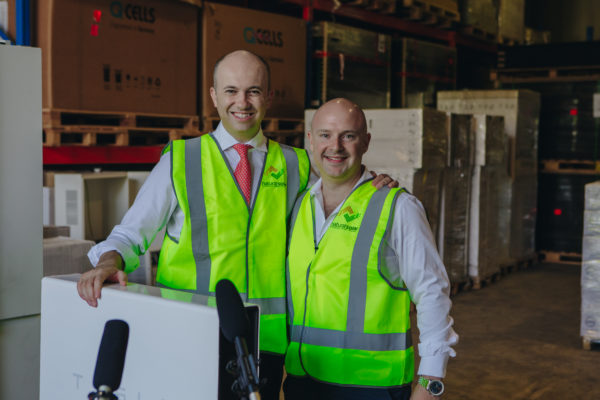
Natural Solar
Victoria’s solar battery rebate program is the biggest driver of growth for Natural Solar, with Williams saying it had driven a “major uptick in Victoria” since 2019. New South Wales is currently rolling out its Empowering Homes program offering households interest-free loans to install solar batteries. The company also worked with the Queensland government last year installing Tesla Powerwalls.
While battery subsidies are currently the domain of state governments, just last week federal independent Dr Helen Haines introduced a bill proposing to include home battery technology in the same Commonwealth-run renewable energy scheme that is behind the solar boom. The proposal has garnered widespread support and if passed it is expected to make home battery systems up to $3,000 cheaper Australia-wide.
Most popular brands
According to Williams, Tesla remains the most popular home battery brand. “The definite winner in terms of battery uptake in Victoria has been the Telsa Powerwall,” Williams said. “That’s the product customers know about.”
On the topic of Tesla, Williams says Natural Solar has also seen a growing interest in electric vehicles (EV). While Australia still lags the US, Europe and China in terms of EV uptake, Williams says around one in five customers who installed a battery through Natural Solar have told the company they intend to purchase an EV within three to five years. Just two years ago, that figure for Natural Solar customers was more like one in 15.
Repercussions of the solar boom
Australia’s years-long residential solar boom is now reaching a point where in many jurisdictions networks are saturated. This has led different states to introduce novel new rules, like Western and South Australia where operators now have the capacity to switch off residential solar systems when the grid is under stress. In some postcodes, networks impose harsh export limits – or even no export limits.
This solar surge has meant feed-in tariffs for solar are also becoming rapidly less attractive, with Williams noting Australia’s two biggest electricity companies AGL and Origin cut their feed-in tariffs by 30% in October last year. “We argue that’s the straw that broke the camel’s back and we’re just seeing this huge influx of installations for batteries across the entire country,” he said.
Not long after the October cut, world leaders met for the Glasgow climate summit COP26 which trained media attention on the climate crisis. While the effects of the summit were more greatly felt in the corporate world, Williams said it’s also factored into regular Australians interest in home battery systems and renewable energy.
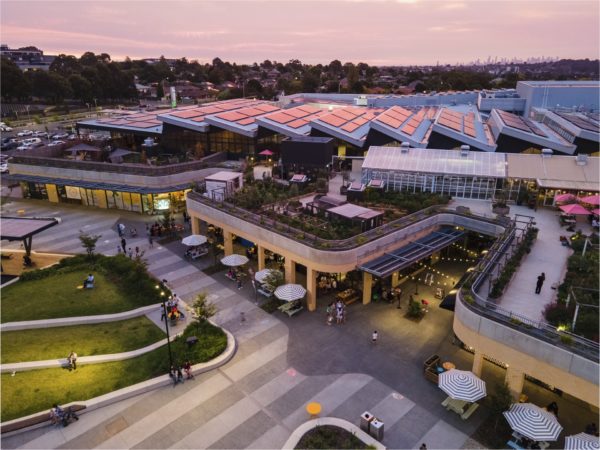
Frasers Property
Burwood Brickworks install
At the end of 2021, Natural Solar installed the world’s largest array of Sonnen batteries at the world’s most sustainable shopping centre, Melbourne’s Burwood Brickworks.
Burwood Brickworks, owned by Frasers Property, is the first ever retail space to obtain the Living Building Challenge Certification, currently the most advanced measure of sustainability in the built environment.
Natural Solar installed 15 Sonnen 16kWh lithium-iron-phosphate batteries at the site in what Williams described as one of the company’s most challenging projects.
It took 18 months to complete, he said, and required the company to look deeply into its supply chain, getting down to the sustainability ratings of things like cabling. Williams described the Living Building Challenge the retail centre followed as having a “really strong ripple effect” which forced all involved to examine granular details of their products and supply chains.
Frasers Property is undertaking a number of highly ambitious sustainability building projects in Australia, with Williams saying Natural Solar is eager to continue its partnership. “We’re definitely looking at multiple projects,” he said. “We think this is the first of many.”
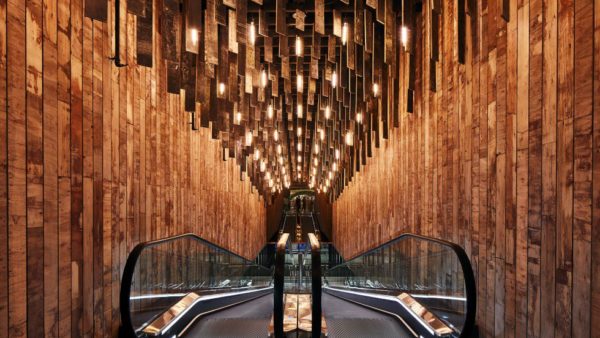
Frasers Property
This content is protected by copyright and may not be reused. If you want to cooperate with us and would like to reuse some of our content, please contact: editors@pv-magazine.com.
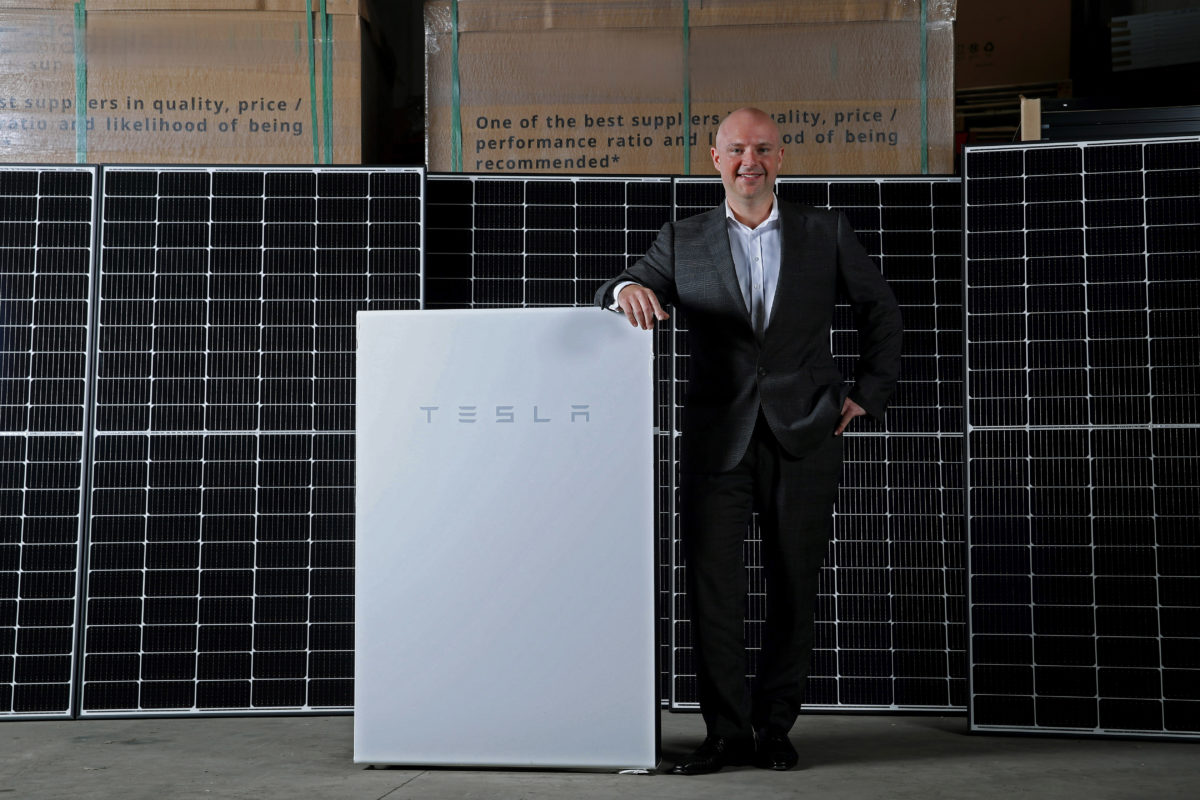
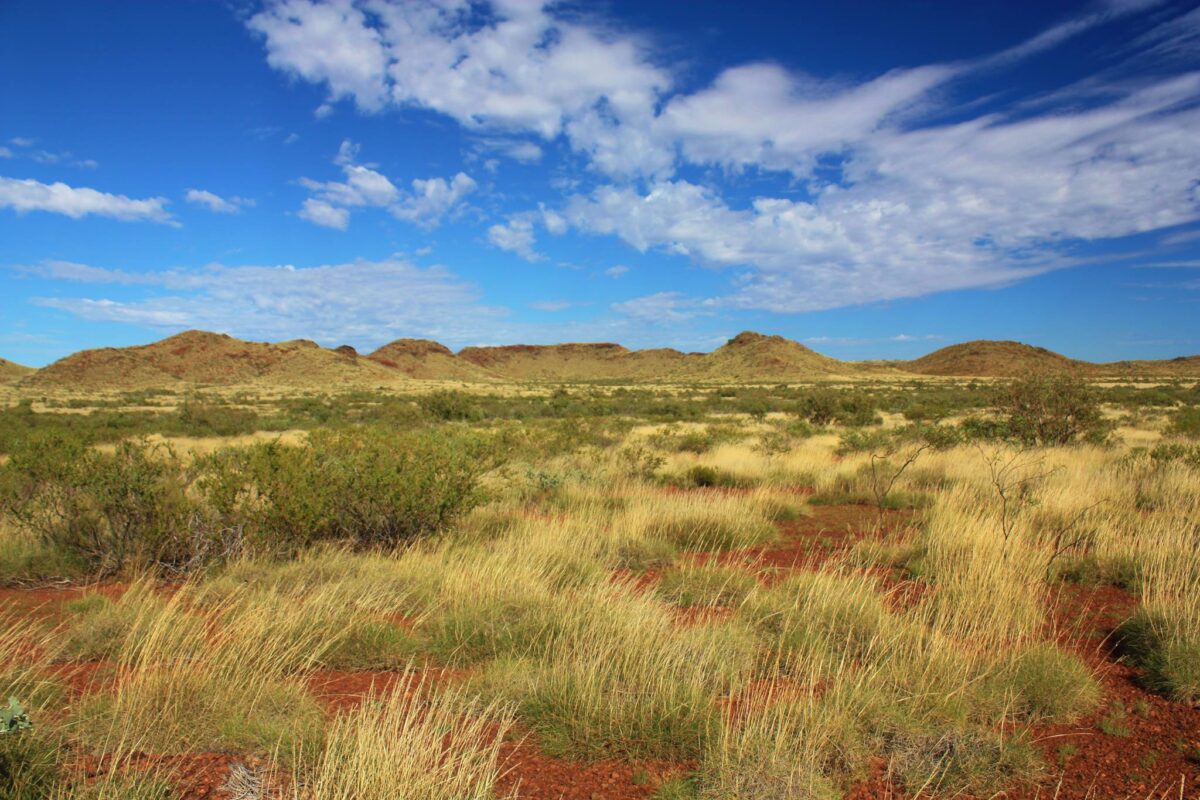


I was planning to order solar panels through Natural solar but with their business going so well, It’ll be ages before it gets done.
Ha, Pete I doubt that will be the case! (At least I hope not!)
If only it could happen in South Australia. The market has basically collapsed and there’s hardly anybody buying solar or batteries.